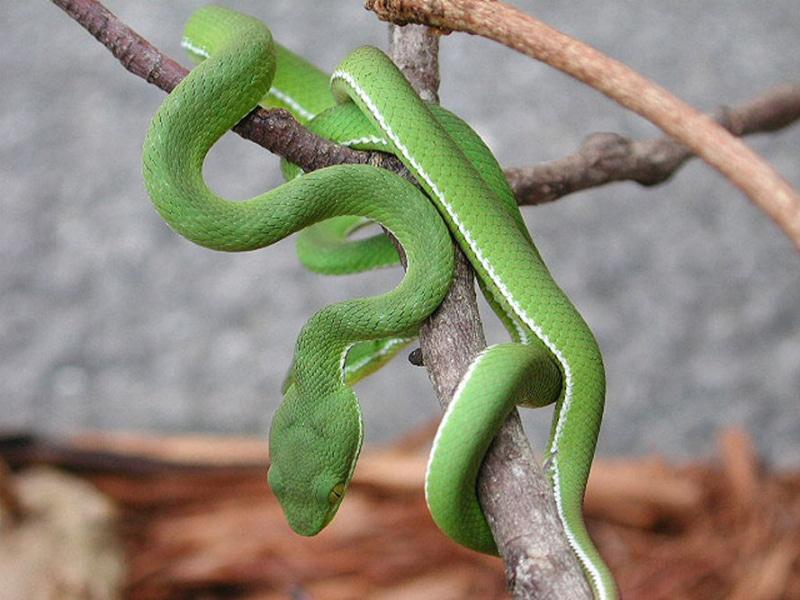Vivarium
Removed from Unnamed collection





Source: Angie Bell (Skip the Line Travel) Images may be subject to copyright. Learn More
Nestled within the heart of Babes-Bolyai University, the Vivarium is a hidden gem that has been delighting animal enthusiasts since its doors first opened in 2001. This fascinating space, funded by the university's Biology and Geology Faculty, was initially home to a modest collection of reptiles and amphibians. Fast forward to today, and you'll find an impressive array of approximately 57 animal species.
The Vivarium now boasts a diverse collection that includes not only reptiles but also 10 species of fish, 9 species of micro mammals, and 6 bird species. Among the standout residents are the Puff Adder, the Rainbow Boa, and the charming leopard gecko. You might also spot the Nile monitor, the chinchilla, the Dobrogea turtle, and the striking salamander.
For those keen on exploring a unique blend of wildlife, the Vivarium is a must-visit. It's not just about observing animals; it's about experiencing the wonder of biodiversity in a cozy, educational setting. Whether you're an aspiring biologist or just curious about the natural world, this place offers a captivating peek into the lives of some truly remarkable creatures.
 Angie Bell (Skip the Line Travel)
Angie Bell (Skip the Line Travel)  Romania
Romania